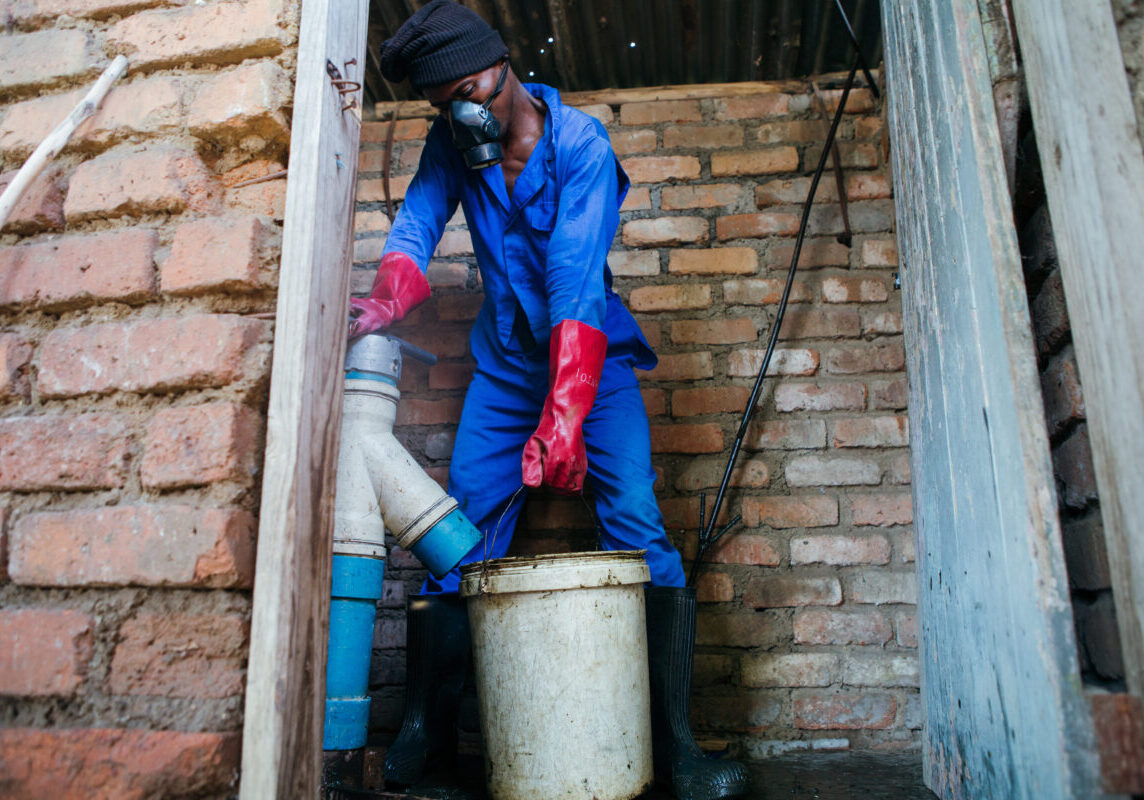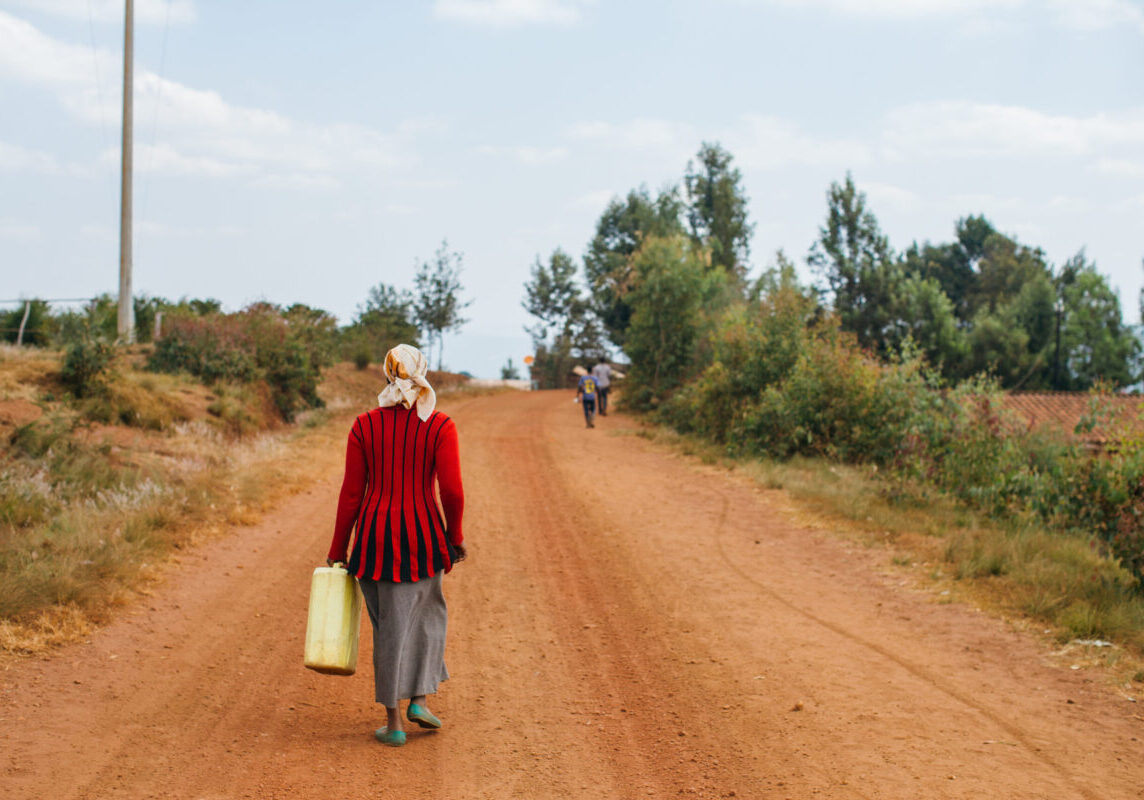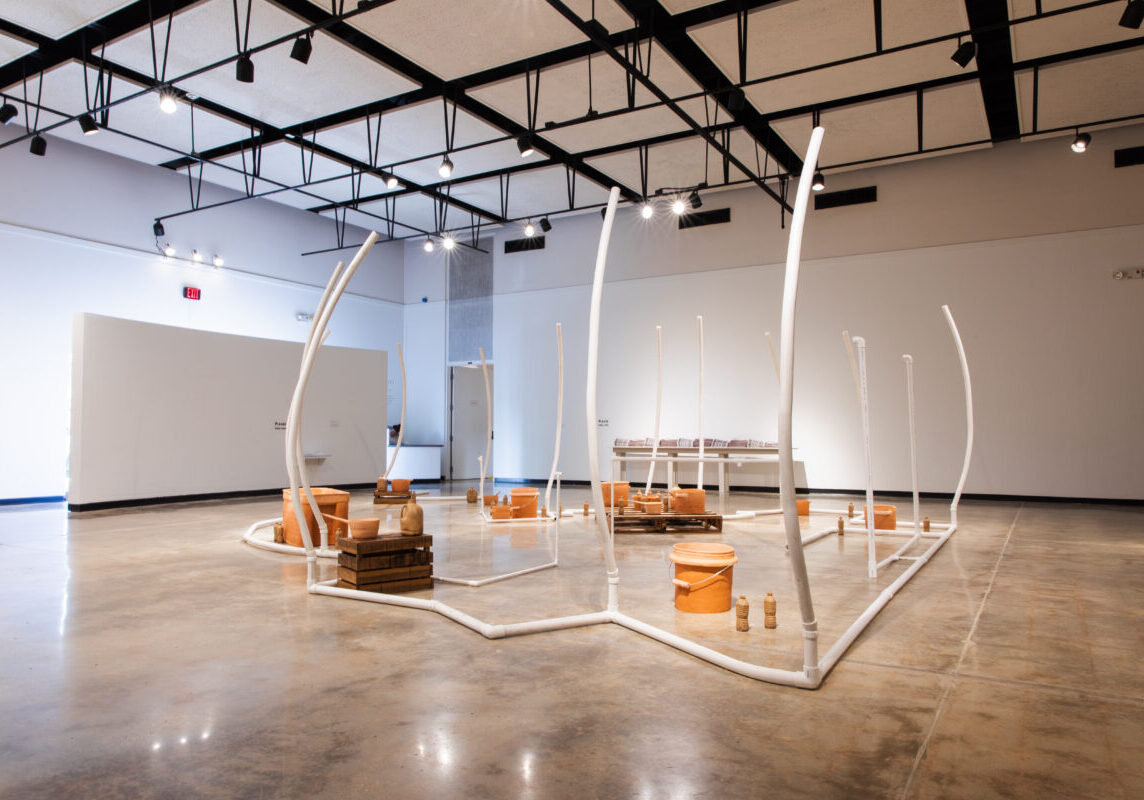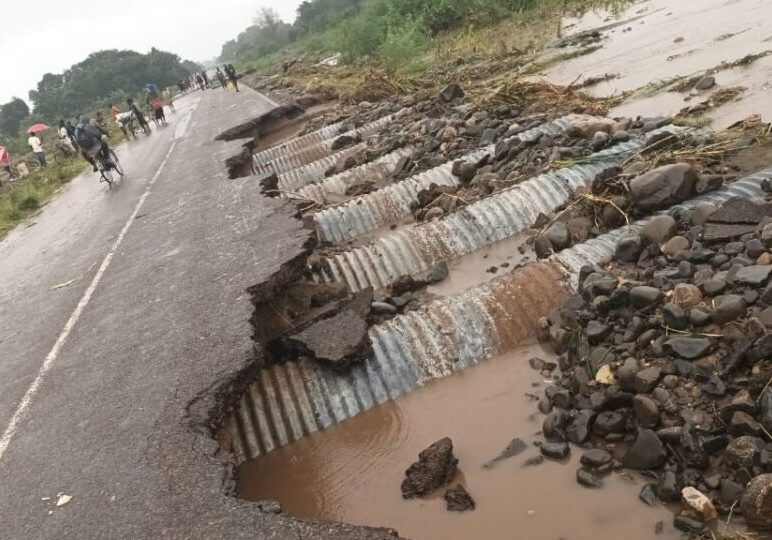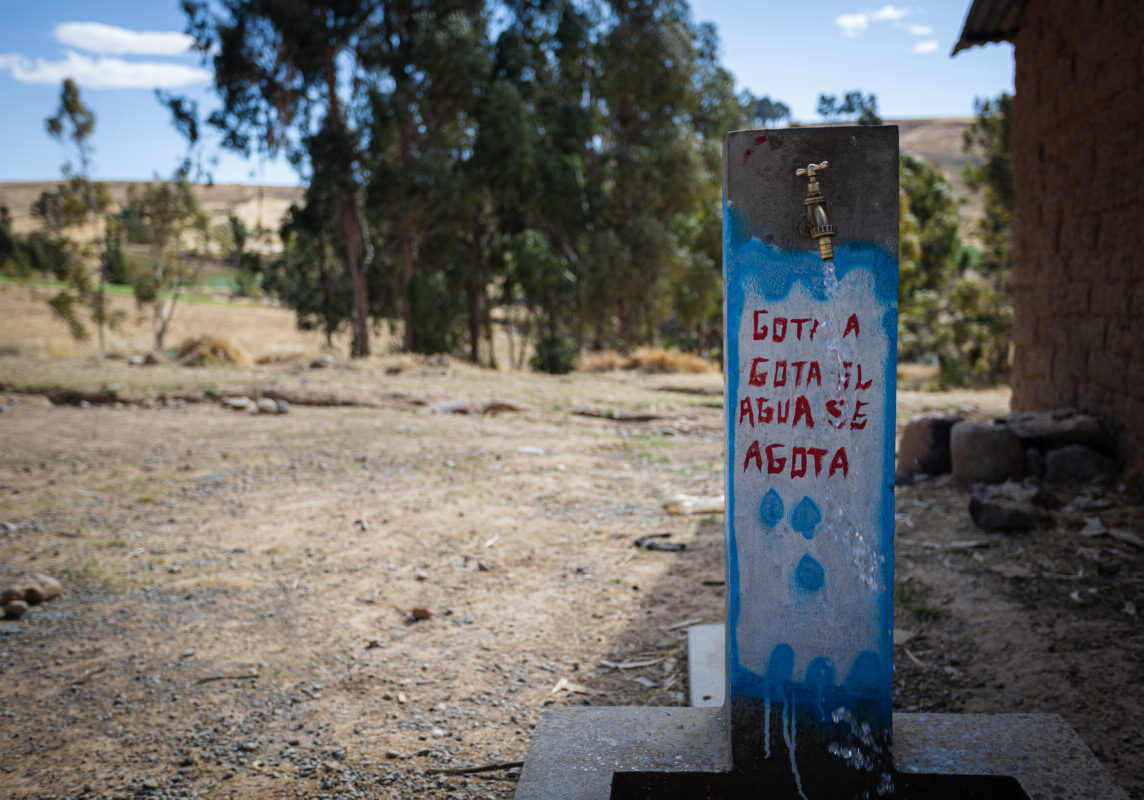Our Lens
Water For People's Perspectives
on Solving the Global Water and Sanitation Crisis
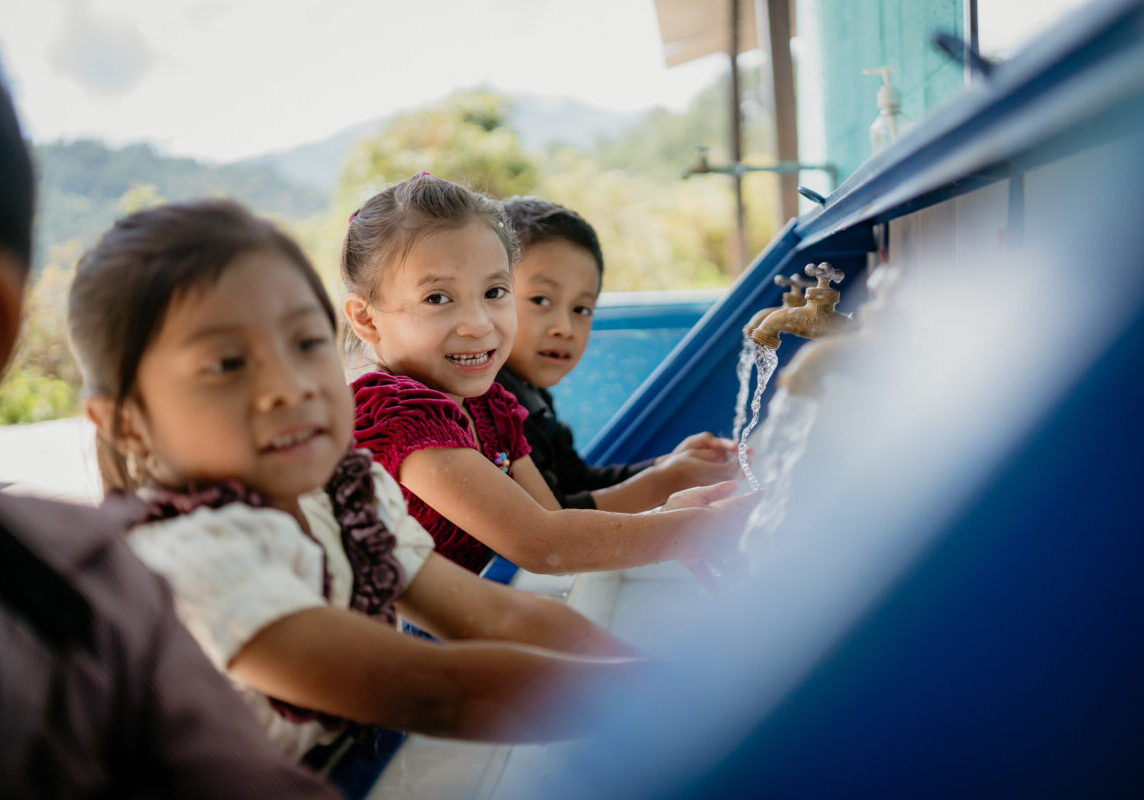
Unfiltered Conversations: Aura Cúc, a Health and Hygiene Education Officer in Guatemala
Since 2008, Aura Cúc has been a sanitation and hygiene education officer, promoting healthy habits in schools and communities. In a conversation with her, we dove into the deep conenction between WASH and education.
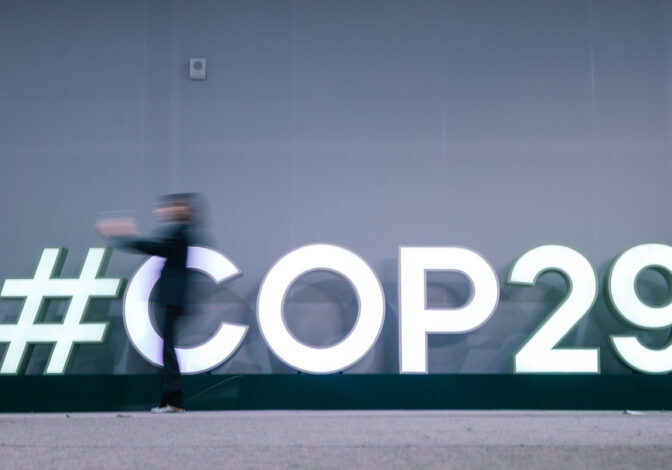
Climate-Resilient Water: COP29 Progress and Challenges
By Mark Duey, CEO Water For People
As I wrap up my participation in Azerbaijan at COP29 – the annual global convening by the UN focused on accelerating action to tackle the climate crisis – there is plenty of concern.
The World Meteorological Organization has reported that 2024 is on track to be the planet’s hottest year on record. Climate-related disasters have wreaked havoc on several different regions of the world.
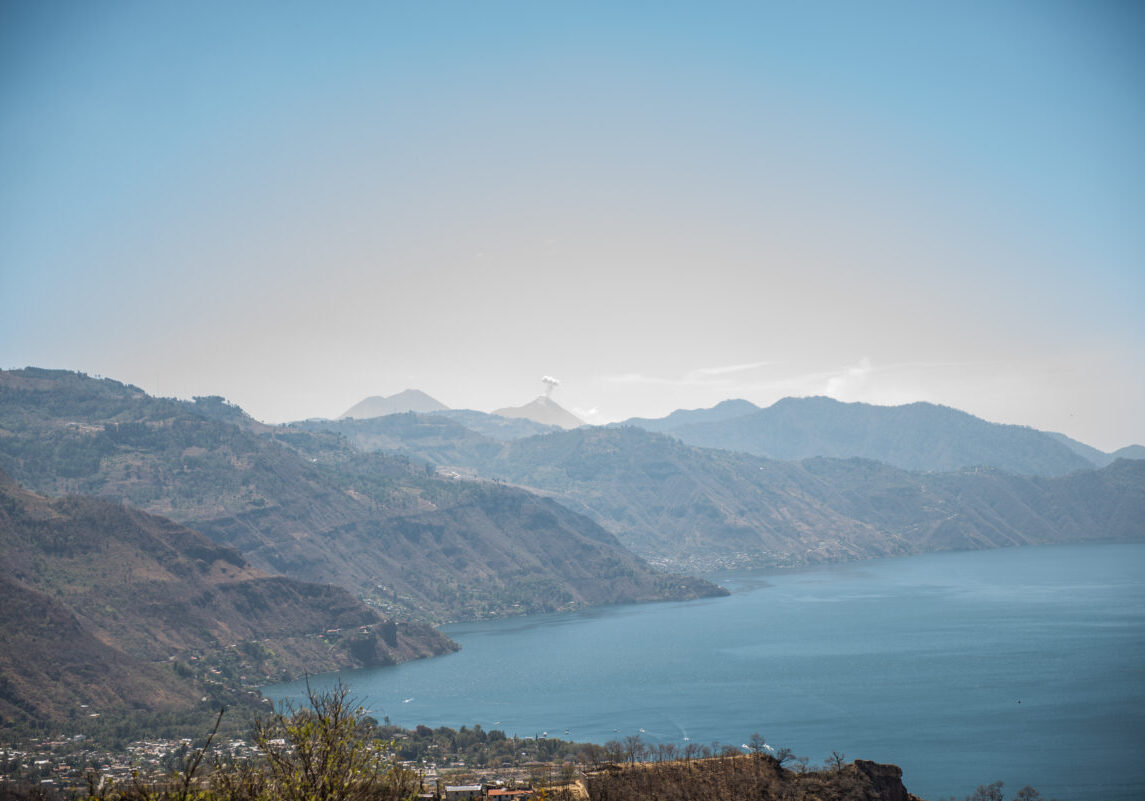
Why Resilient Water, Sanitation, and Hygiene is Climate Action
By Grace Kanweri, Senior Program Officer, Uganda, Kelly Latham, Senior Global Advisor, Climate and WRM, and Azucena Serrano, Senior Official for Scale, Honduras The impact that climate change has on…
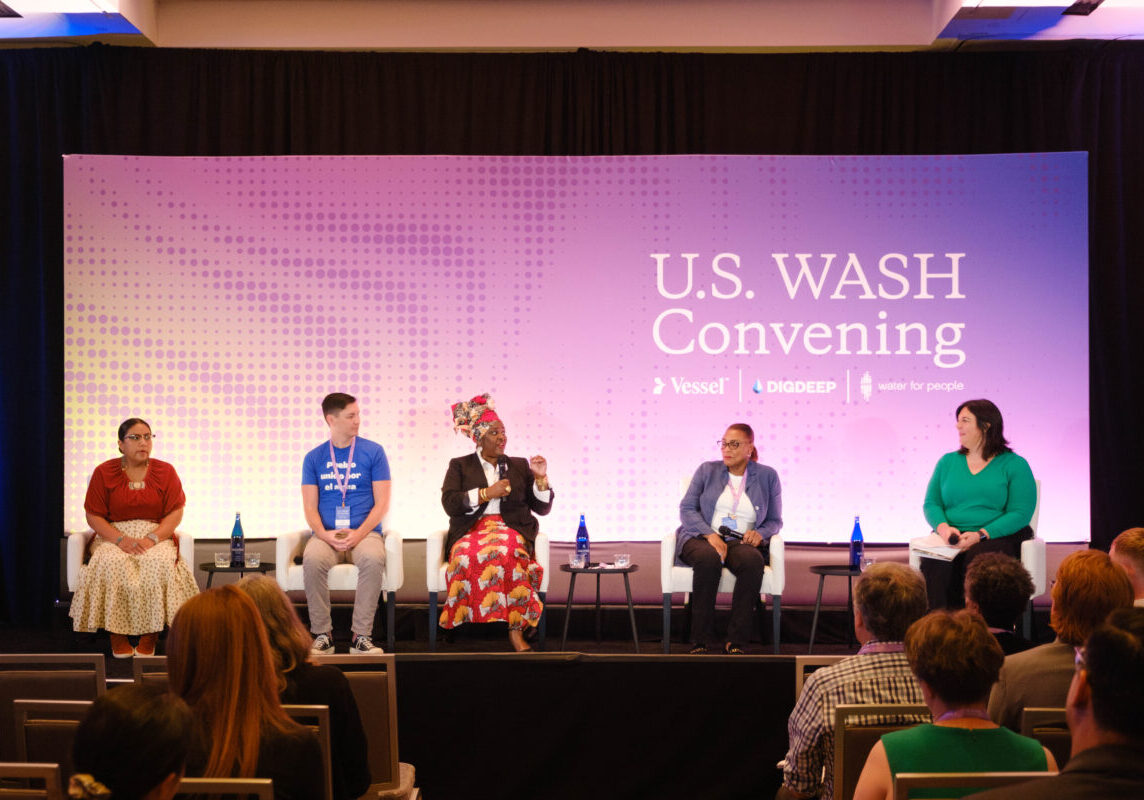
WASH Access Data Collection Act of 2024 & What It Means for the U.S. Water Crisis
Globally, we have witnessed the impact that providing decision-makers with contextualized data can have on implementing solutions tailored to community needs, which is why the US WASH Access Data Collection Act is so important.
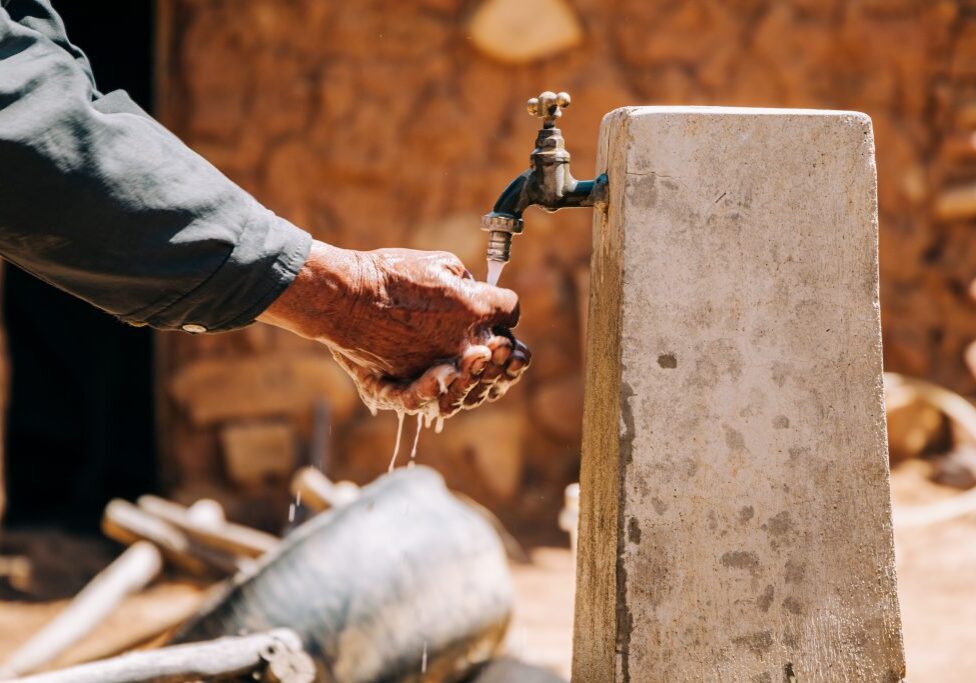
Financing for Climate Resilient Water, Sanitation, and Hygiene
In April, Water For People leader Mark Duey has the opportunity to represent civil society at the Latin America and the Caribbean Finance Ministers’ Meeting – an unparalleled opportunity to place water, sanitation, hygiene, and climate resilience at the center of discussions with important government decision-makers.
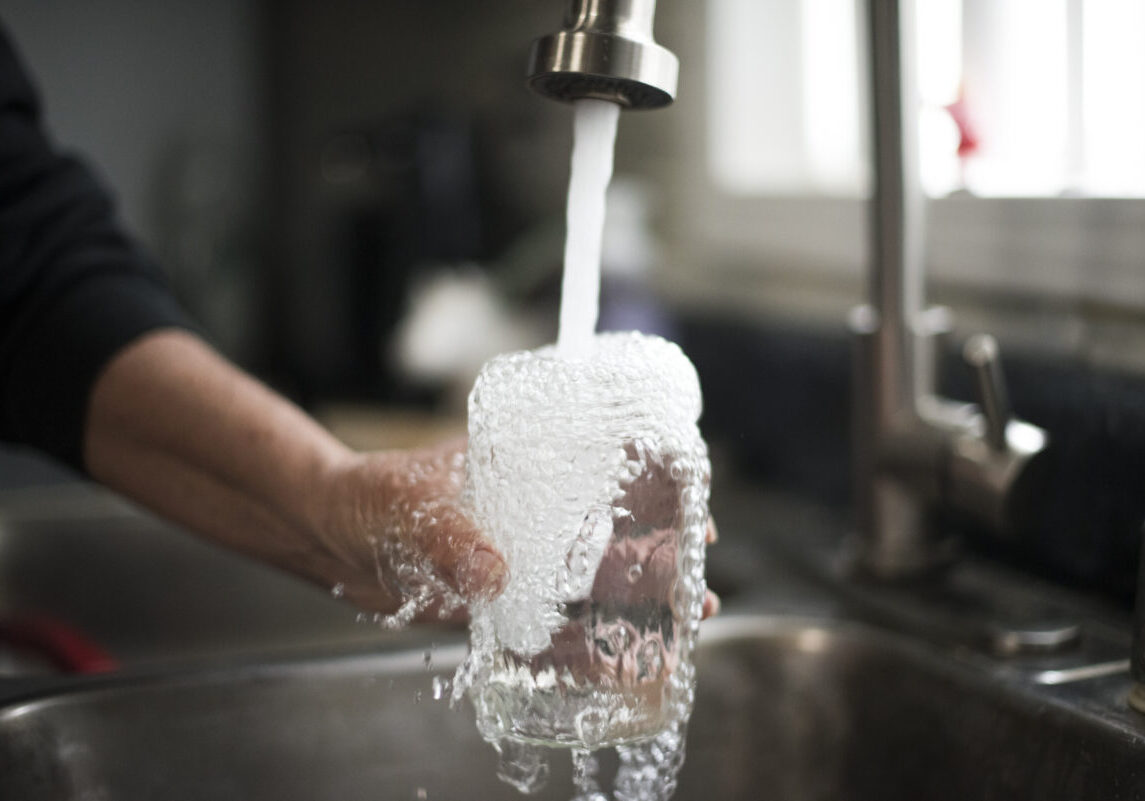
America, like the rest of the world, is in a water crisis. Here’s what we can do.
With more than 2 million Americans lacking access to running water or basic plumbing, the U.S. water crisis has reached a critical juncture. It’s a multifaceted challenge that encompasses issues such as water scarcity, pollution, structural racism, inadequate infrastructure, and climate change impacts. Chris Freimund recently joined Water For People as the U.S. WASH Program Manager, the first role of its kind at Water For People. Here, we talk with Chris about what’s driving the U.S. water crisis, its connection to the global one, and how Water For People plans to be involved in U.S. work.
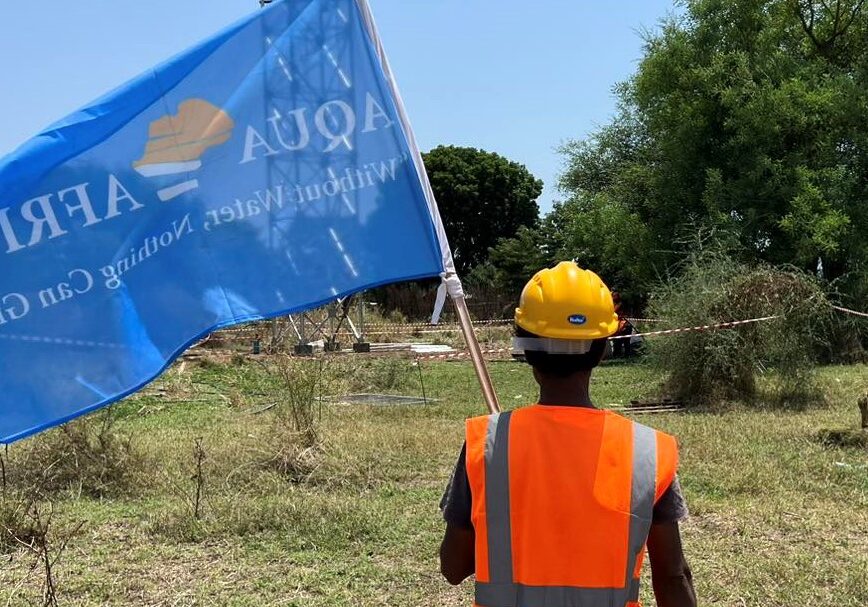
Lessons from South Sudan: Changing Expectations & Strengthening Systems
Two civil wars have put South Sudan behind in terms of national infrastructure—from transportation to electricity to water. Samson Hailu Bekele visited Aqua-Africa’s work in Juba and Nzara to better understand how South Sudan is progressing. Here’s what he learned.
The Water Crisis
Learn more about the global water, sanitation, and hygiene crisis.

